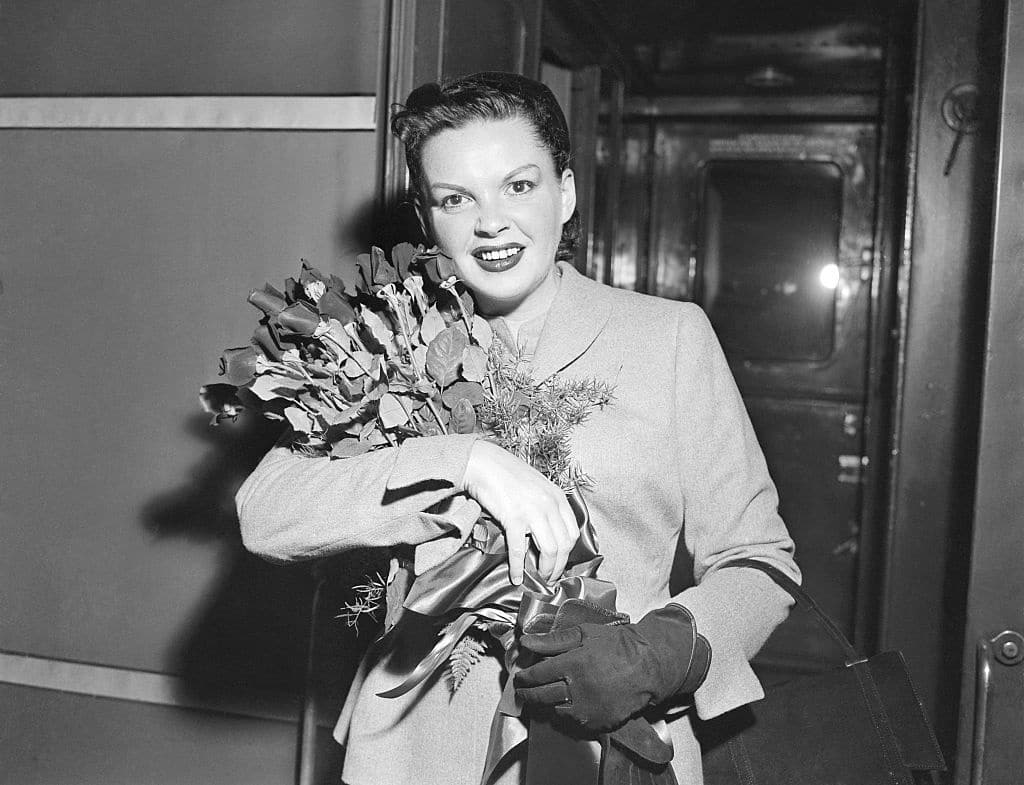Judy Garland (1922-1969) returns here to New York City to do a show at the famed Palace Theater. (Getty)
It’s fair to say that Judy Garland had her fair share of hardship, but on her 100th birthday, let’s not forget how much joy she brought to the world throughout her illustrious career.
When I was around 10 years old, I discovered The Wizard of Oz, and my life changed forever.
Like plenty of queer people, that time wasn’t exactly the happiest for me. I was being bullied at school, my self-esteem was nosediving, and I was starting to have a sneaking suspicion that there was something a little bit different about me.
Even worse, it was around that time that I started to realise that my differences weren’t something to be celebrated. I was too swishy, too exuberant, too keen on writing “novels” on the family computer that ripped off Harry Potter (yes, this really happened).
Despite all of this, I was lucky – home was my safe place. That’s why I felt no shame or trepidation about my burgeoning obsession with The Wizard of Oz (I had only recently finished my Grease phase). I can still remember spending my evenings watching the film on repeat on a grainy VHS and feeling something that I still struggle to describe. That film filled me with what can be best described as nostalgia. I felt a yearning for Oz, and I felt like I intimately understood Dorothy’s desire to go home, to retreat into warmth and safety.
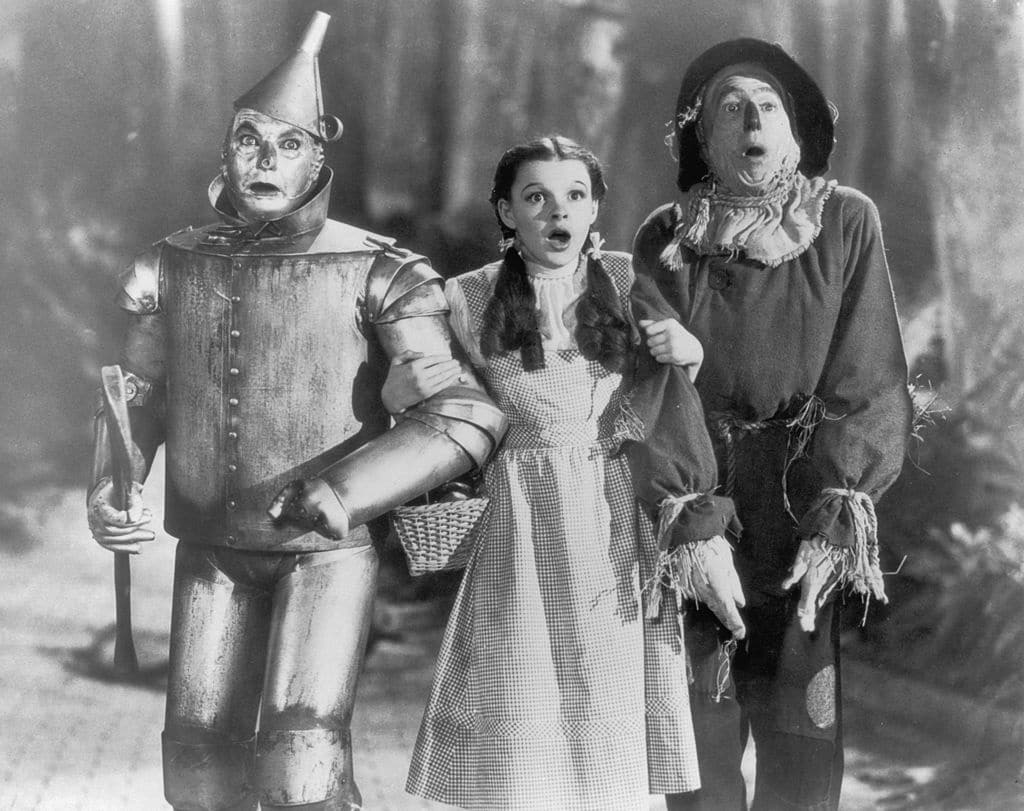
My story isn’t unique – Judy Garland is, obviously, a bonafide gay icon. She has a legion of queer fans all across the world, of all ages, who are fiercely dedicated to her films and her songs.
As the years rolled by, Judy bowed out of my life – I eventually figured out that a fierce love of The Wizard of Oz would only make me more of a target. It wasn’t until I was a university student, lonely and homesick, that I discovered Meet Me In St Louis.
The film, directed by Vincente Minnelli – who would go on to be Judy’s second husband – tells the story of the Smith family. Judy plays Esther, the second eldest of the clan, and she’s determined to get her older sister Rose (Lucille Bremer) married off. Meanwhile, she finds herself pining for the boy next door, John Truett (Tom Drake).
It might not be as famous as The Wizard of Oz, but Meet Me In St Louis quickly became a box office hit. It introduced the world to songs like “Have Yourself a Merry Little Christmas”, sung with devastating restraint by Judy, but it also introduced film-goers to a new, more grown-up version of the girl they had fallen in love with in Oz. She was no longer a child – she was a young adult burgeoning with hope and passion, an actor and performer whose career would surely only continue to blossom.
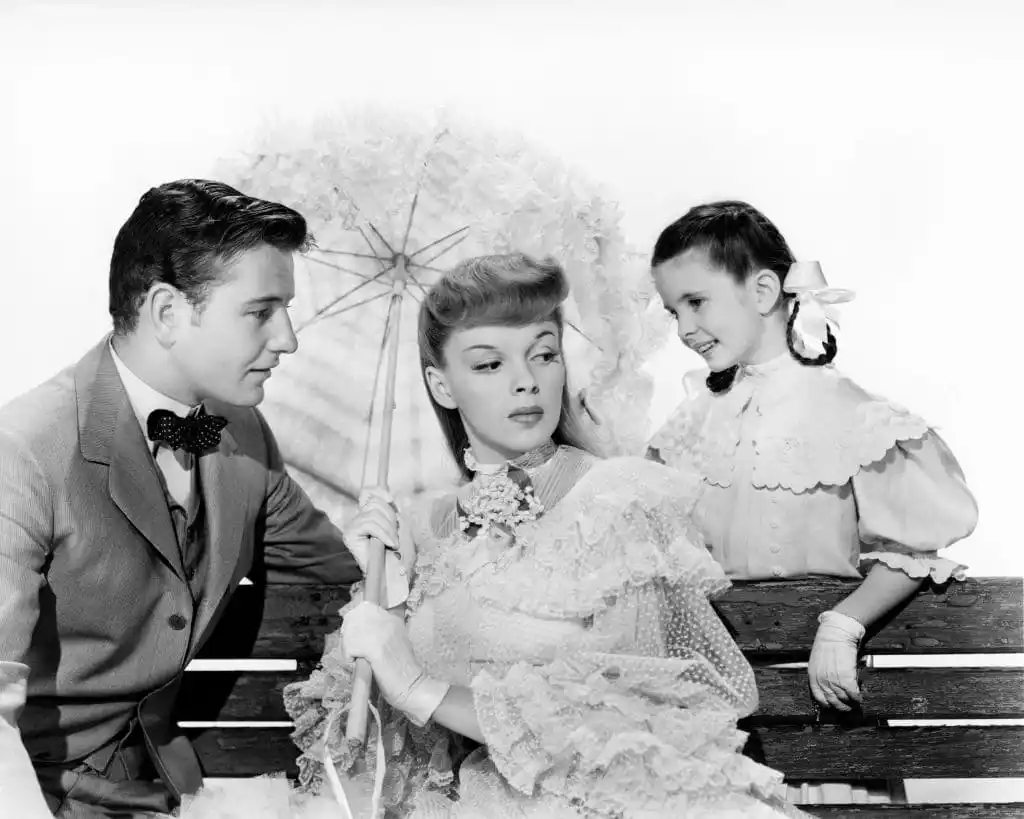
It wasn’t to be, of course. Judy’s struggles have been well-documented. It’s impossible to discuss her life without discussing the issues she had with drugs, but it also feels somehow crass to reduce her to the pain that dogged her throughout her life. It would also be unjust to ignore the challenges because so many of them were caused by the studio she worked for.
Judy Garland was put on drugs when she was still just a child
From the start of her career, Judy Garland was repeatedly shamed over her weight. Still just a teenager, she was put on pills to suppress her appetite. She was constantly criticised over her appearance by studio bosses, and keeping up with her gruelling work routine was near impossible. It was during those early years of her career that she was put on barbiturates. She would go on to die from an overdose of that drug at the age of 47.
After The Wizard of Oz, Judy became a bankable actor for MGM, and she went on to star in numerous big hits that won audiences over in their droves. In 1945, Meet Me In St Louis proved a hit at the box office. Judy went on to marry the film’s director, and she gave birth to Liza Minnelli in 1946.
By 1947, Judy’s career was on a downward trajectory. Her struggles with addiction were becoming more and more pronounced and she was having mental health issues. That year, she had a breakdown, and her tendency to turn up late to film sets led to her being fired from a number of high-profile projects.
Two years after that first breakdown, Judy was fired from Annie Get Your Gun, and she was later let go by MGM in the face of an addiction its executives had played a part in creating.
Thankfully, that wasn’t the end of Judy’s career – in 1954, she staged her comeback with what is easily the finest performance of her career in A Star Is Born. The film tells the story of Esther Blodgett, a rising star who meets and falls in love with Norman Maine, a former matinée idol whose career is in decline as he struggles with addiction.
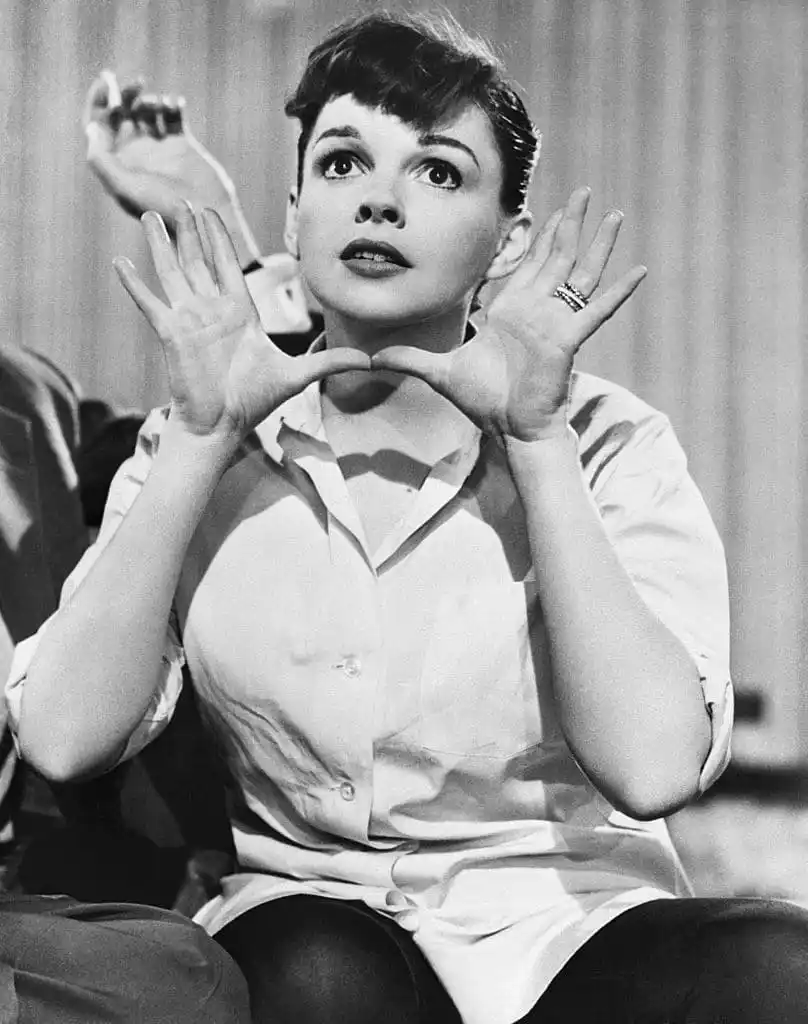
Judy was widely expected to win the Oscar for Best Actress that year, but she lost out in the end to Grace Kelly, who scooped the award for The Country Girl. It remains one of the biggest upsets in Oscars history – Kelly won by just six votes. Producers behind the scenes were so sure Judy would take home the gong that they sent a camera crew to her hospital room so she could give an acceptance speech live – she had just given birth to her son Joey Luft.
That wasn’t the end of Garland’s film career – she was later nominated for a Best Supporting Actress Oscar for her turn in 1961’s Judgment at Nuremberg, and she made her last film I Could Go On Singing in 1963. However, her struggles with addiction resulted in her being seen as “difficult” by some within the industry, and directors and studios were increasingly reluctant to work with her.
Queer people gravitated towards Judy, an outsider who brought them joy
Judy Garland had many challenges, but she also had countless successes during her lifetime. Queer people naturally gravitated towards her – just like them, she was an outsider, somebody who had been abused and cast aside.
In Judy, LGBTQ+ people also saw an icon filled with extraordinary talent – she wasn’t just somebody who struggled, she was a person who had the capability to reduce a concert hall full of people to tears. She also was also the personification of camp and was clear that it didn’t bother her in the least that she had so many gay fans. In short, it’s unsurprising that queer people still worship her legacy to this day.
Judy tragically died aged 47 – she was found dead in a London hotel on 22 June, 1969, and was found to have overdosed on barbiturates. If she had stayed around, 9 June, 2022, would have been her 100th birthday. Because Judy died so long ago, it’s hard to believe she was actually the same age as Golden Girls star Betty White, who passed away just weeks before her own 100th birthday in December 2021.
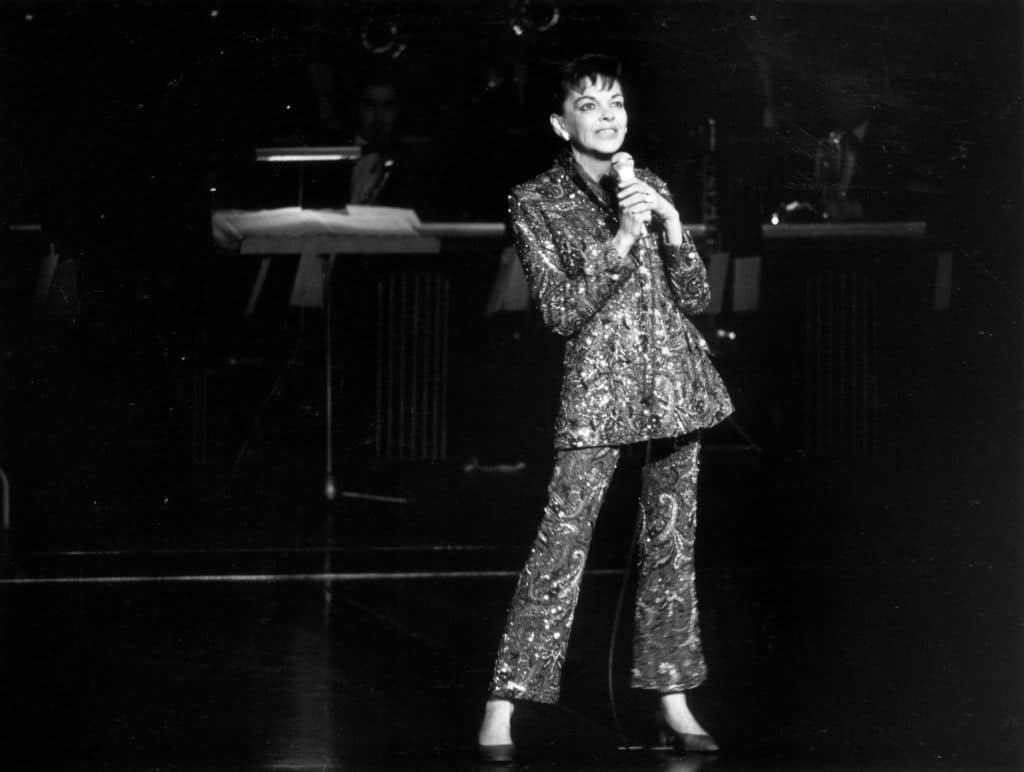
If Judy had lived longer, who knows what gifts she would have bestowed upon the world. Sometimes, I think about what Judy’s life and career would have been like if she had never been put on pills in the 1930s – if she had never been shamed over her weight and her appearance, if she was just allowed to thrive and to use her unrivalled talent to enrich people’s lives. Sadly, Judy was never given that chance – it was taken from her by a studio system that saw a chance to exploit her for monetary gain.
It’s fair to say that Judy had her fair share of hardship, but on her 100th birthday, let’s not forget how much joy she brought to the world throughout her illustrious career. She was a performer through and through – she needed the stage as much as her audiences needed her.
She was truly one of the greats, and she’s a gay icon to whom the world still owes so much.
